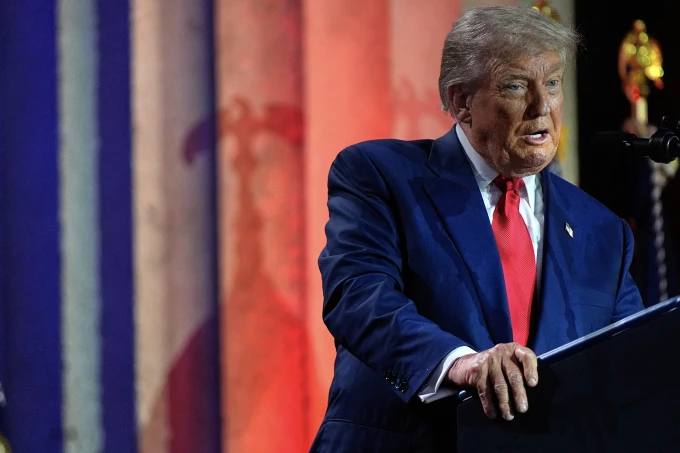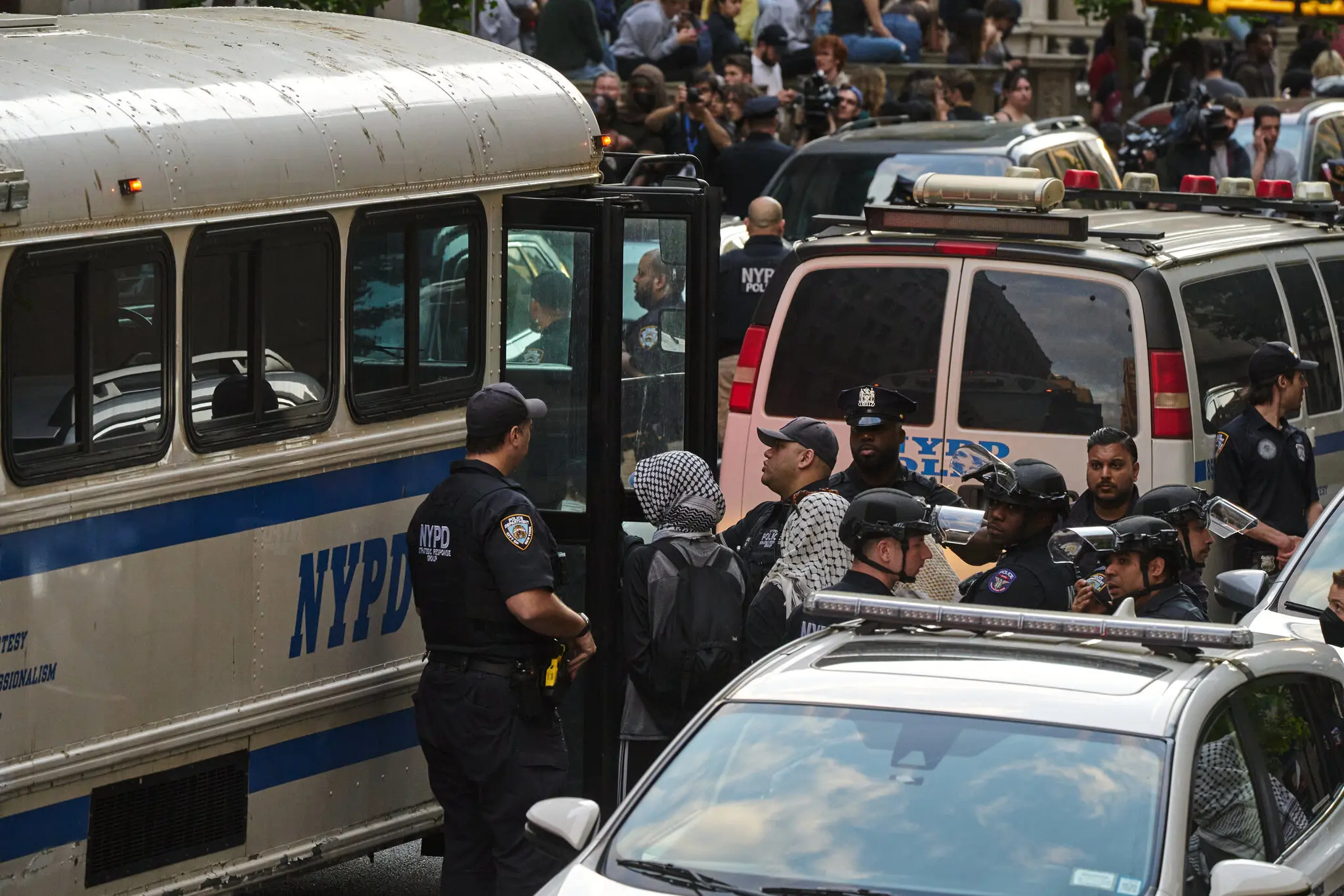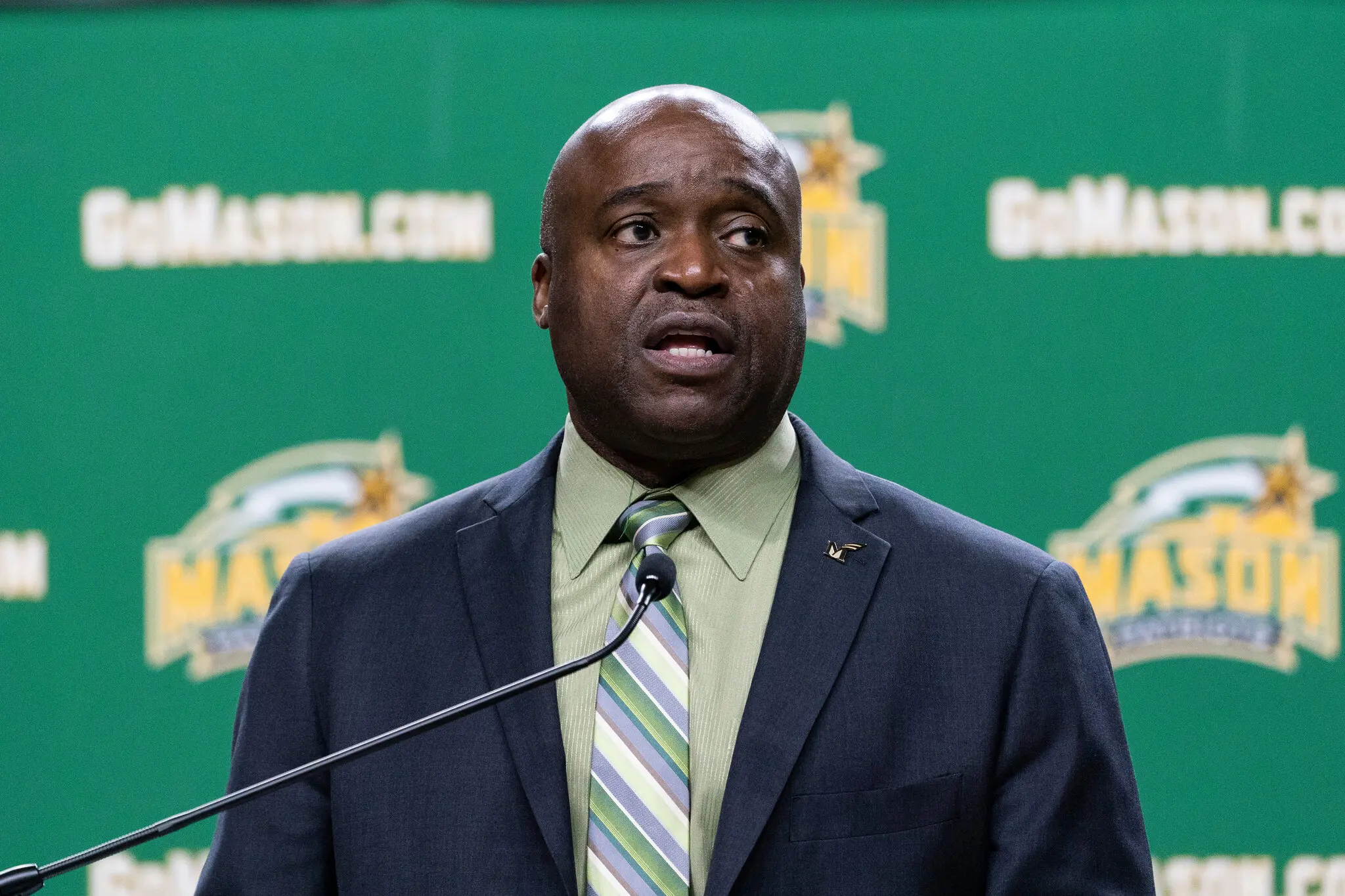Trump Abruptly Unfreezes All of the Education Funds He Had Withheld
In a sudden policy reversal, former President Donald Trump has ordered the full release of previously frozen education funds, drawing reactions from across the political spectrum and igniting debate on federal control over state educational priorities.
Former President Donald Trump has unexpectedly ordered the unfreezing of all federal education funds that had been withheld during his previous tenure, marking a dramatic policy reversal that has stunned both allies and critics alike. The decision comes amid growing tensions over federal versus state authority in education, and just as the new academic year looms for millions of American students. The withheld funds, totaling billions of dollars, had originally been blocked due to Trump's objections to what he considered 'ideologically driven' changes in school curricula, particularly related to race, gender, and history.
At the time, his administration cited concerns over what it labeled 'anti-American propaganda' being taught in public schools. The funds were also tied to performance benchmarks and compliance with a number of federal initiatives, including those on school choice, curriculum transparency, and standardized testing. Trump's decision to withhold the funds had triggered lawsuits from several states, advocacy groups, and school districts, arguing that the freeze violated the separation of powers and unduly punished students for political reasons.
With the unfreezing of these funds, districts across the country will now have access to critical resources that had been locked in bureaucratic limbo. Many educators have welcomed the move, stating that the restored funding will allow them to address urgent needs such as teacher shortages, special education resources, facility repairs, and updated learning materials. While Trump did not offer an extensive explanation for the reversal, sources close to the former president suggest that mounting legal pressure, combined with public backlash and concerns over declining educational outcomes, may have influenced the decision.
Others believe the move could be part of a broader strategy as Trump weighs another presidential run and attempts to reset his record on education, a topic that has become increasingly divisive in American politics. Education Secretary appointees and state-level officials are now scrambling to realign budgetary plans and spending strategies, as the sudden release of funds has created a ripple effect across departments that had adapted to their absence. Some officials warn that simply releasing funds is not enough, pointing out that damage has already been done to program continuity, teacher hiring pipelines, and student services.
Critics of Trump remain skeptical about his intentions, arguing that the freeze itself never should have occurred and that the reversal is politically motivated. Congressional Democrats issued statements highlighting the confusion and hardship the original decision had caused and called for safeguards to prevent future administrations from taking similar actions unilaterally. On the other hand, conservative allies praised Trump for what they describe as a pragmatic shift aimed at reasserting federal support for education without compromising on ideological principles.
Many argue that the move reflects responsiveness to voter concerns and shows Trump's willingness to adapt policies in the national interest. Analysts note that this development could shift the narrative around Trump’s education legacy, which had previously been defined largely by controversy over school reopening policies during the COVID-19 pandemic, support for charter schools, and opposition to critical race theory. With this new decision, Trump appears to be repositioning himself in the debate, possibly appealing to more moderate voters concerned about the state of public education.
Education policy experts are also closely watching how this move affects state-federal dynamics, especially in conservative-led states that had initially supported the freeze. Some governors have already signaled plans to allocate the incoming funds toward infrastructure, digital learning tools, and student mental health programs. Parents and community groups are expressing cautious optimism, noting that while the release of funds is a welcome step, long-term trust will require consistency in federal education policy and a commitment to student-centered priorities.
The announcement has also reignited debate over how much influence the federal government should wield in setting curriculum standards and evaluating school performance. Trump’s initial freeze had aligned with a broader conservative push for decentralization and local control, but the reversal could now embolden proponents of stronger federal oversight. Meanwhile, the financial implications are significant.
School districts are now working around the clock to reprocess grants, hire staff, and implement deferred programs that had been stalled by the funding gap. The Department of Education is expected to issue new guidelines in the coming days to help states manage the transition and ensure compliance with existing accountability measures. In political terms, the unfreezing of funds could have lasting repercussions.
It may soften some of the criticism Trump faced from centrist voters and education advocates, while also complicating his image among hardline conservatives who supported the original freeze. Still, the decision reflects a rare instance of Trump reversing course on a major policy issue—an act some interpret as a recognition of policy missteps, while others view it as a calculated shift to regain political ground. As the story unfolds, educators, lawmakers, and voters alike will be watching closely to see whether the funds will be distributed effectively and whether this reversal signals a new direction in Trump’s approach to national education policy.
28th july 2025



